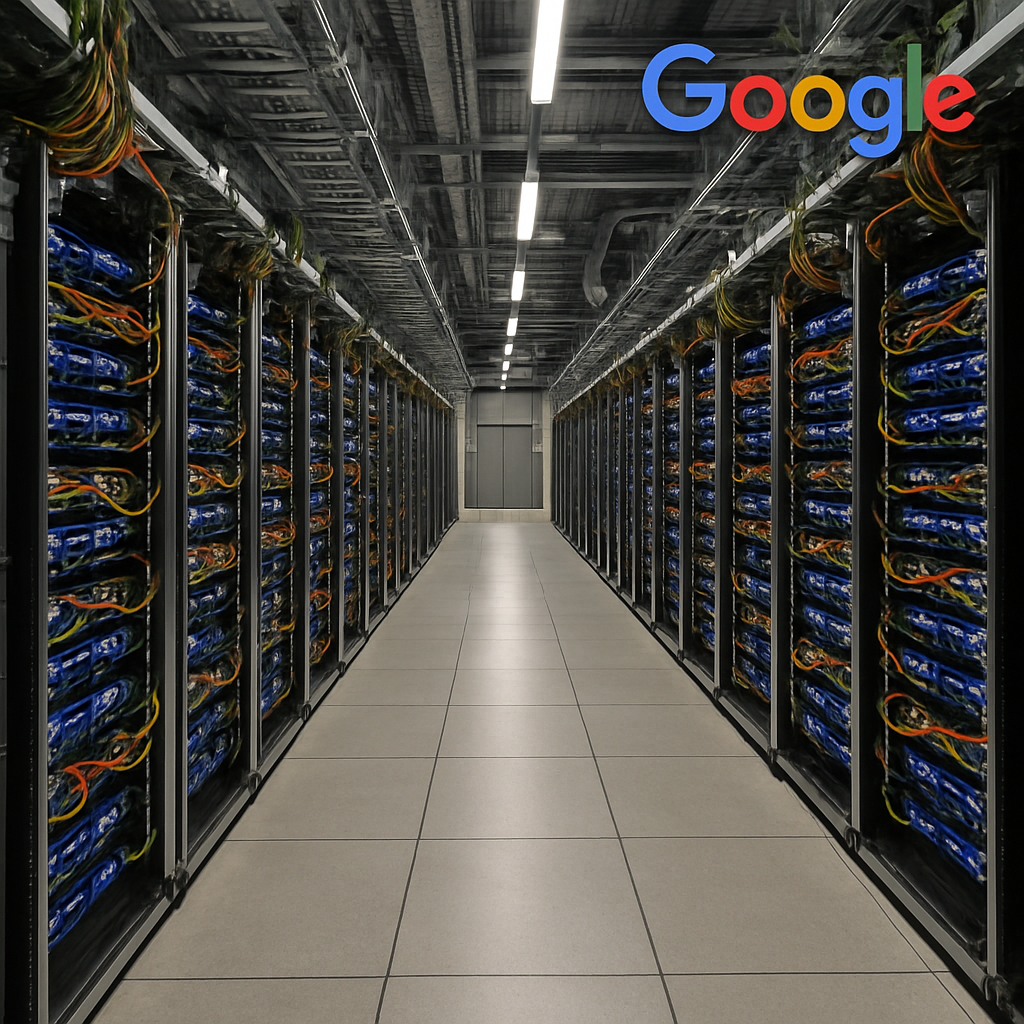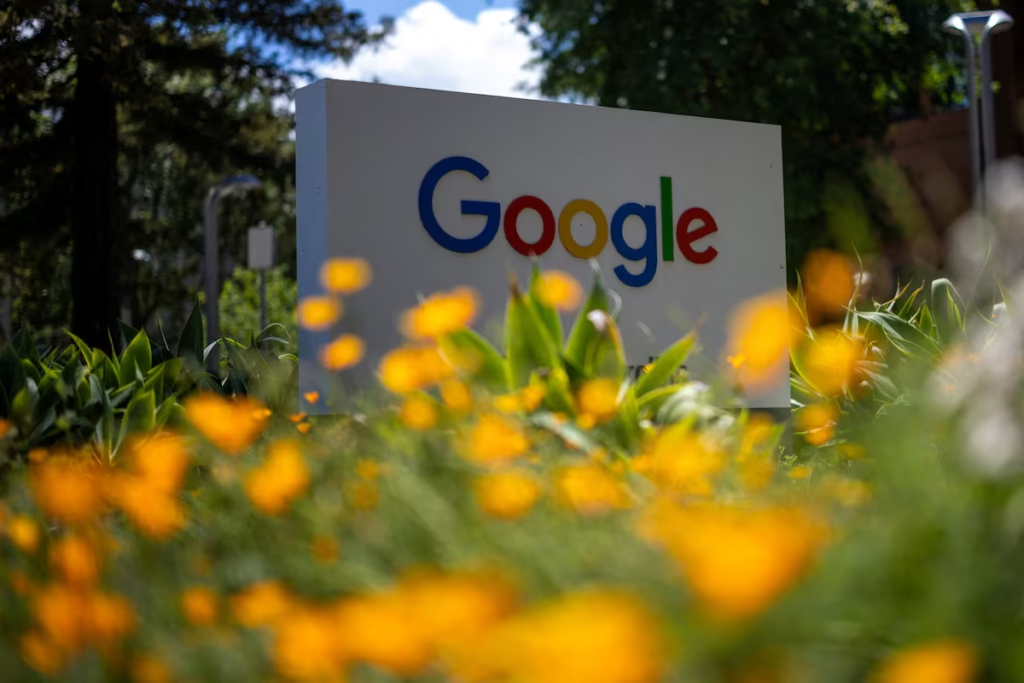Introduction: Big Tech’s AI Infrastructure Race Heats Up
Alphabet’s Google , The Google AI and cloud expansion in Oklahoma has just made a major play in the global artificial intelligence and cloud computing race—announcing a $9 billion investment in Oklahoma over the next two years. This expansion will significantly scale up Google’s U.S. AI capabilities, create jobs, and strengthen the nation’s position in next-generation digital infrastructure.

The move underscores how AI infrastructure has become the new economic battleground, as tech giants compete to build faster, more powerful systems to meet booming demand from businesses, governments, and everyday users.
Why Oklahoma? Strategic Location Meets Tech Ambition
Google’s plan involves:
- A new data center campus in Stillwater – designed to process massive AI workloads with advanced computing power.
- Expansion of the Pryor facility – already a cornerstone of Google’s North American cloud infrastructure.
Oklahoma offers low-cost energy, strategic location, and strong community support, making it ideal for large-scale data operations.
A $9 Billion Investment — and More on the Way
While part of this $9B is already baked into Google’s 2025 capital expenditure plans, the rest represents fresh commitment for future projects.
Just last month, Alphabet increased its annual capital spending forecast to $85 billion (up from $75 billion), signaling that this is only the beginning of its AI infrastructure push.
AI Education and Workforce Development
Google isn’t just building hardware—it’s investing in people. Last week, the company pledged $1 billion to AI education and training for U.S. higher education institutions and nonprofits.
Key highlights:
- Over 100 universities have signed on, including Texas A&M and University of North Carolina.
- Focus on preparing the next generation for AI-driven careers.
- Support for upskilling current workers to handle AI-enhanced tools and workflows.
This mirrors moves by rivals OpenAI, Anthropic, and Amazon, all betting that talent development is just as critical as building data centers.
The Competitive Landscape
This investment is part of a wider trend:
- Apple recently pledged $600 billion in U.S. spending over the next four years.
- Micron, Nvidia, and CoreWeave are expanding domestic AI infrastructure in response to U.S. government incentives and onshoring policies.
- Rising competition from Chinese tech giants is pushing U.S. companies to accelerate innovation cycles.
What This Means for Businesses and Investors
For businesses:
- Expect faster, more reliable AI-powered cloud services.
- More regional data storage for compliance-sensitive industries.
- New opportunities to integrate advanced AI tools into daily operations.
For investors:
- The scale of Google’s spending signals long-term commitment to AI.
- Infrastructure expansions can boost regional economies and open new partnership channels for startups.
Conclusion
Google’s $9 billion Oklahoma expansion is more than just a tech upgrade—it’s a statement that the AI era requires massive, strategic investment in infrastructure and people.
For the U.S., it strengthens domestic capabilities, fuels job creation, and positions the nation as a leader in the global AI economy. For businesses and innovators, it means better, faster, and more accessible AI solutions in the years ahead.






